If you’re running your pasta under water after it’s done cooking, we know an Italian chef who would like a word. And if you think adding olive to your pasta water will keep the noodles from sticking, think again.
Americans eat roughly 20 pounds of the Italian staple per year, making it one of the most widely consumed foods by weight. All that pasta cooking has inspired some interesting theories about how to make it better, faster and easier. Unfortunately, some of our favorite pasta hacks may not be doing what we think — or worse, compromising the finished product.
To find out if rinsing pasta is wise, and to learn about other pasta-making mistakes we might be making, we grilled Filippo de Marchi, the chef de cuisine at De Majo Restaurant & Terrace. Marchi named seven myths or mistakes that are thought to help when making penne, linguini or lasagna but have no real benefit or function.
“Cooking pasta isn’t difficult at all. It’s all about timing and the right water-to-pasta ratio,” he says. “Don’t fall into the trap of believing in pasta myths. Just trust your instincts and follow basic instructions.”
Here are seven biggest pasta mistakes we’re all making and why we should stop, according to someone who knows.
1. Throwing pasta against a wall to see if it sticks proves it’s done
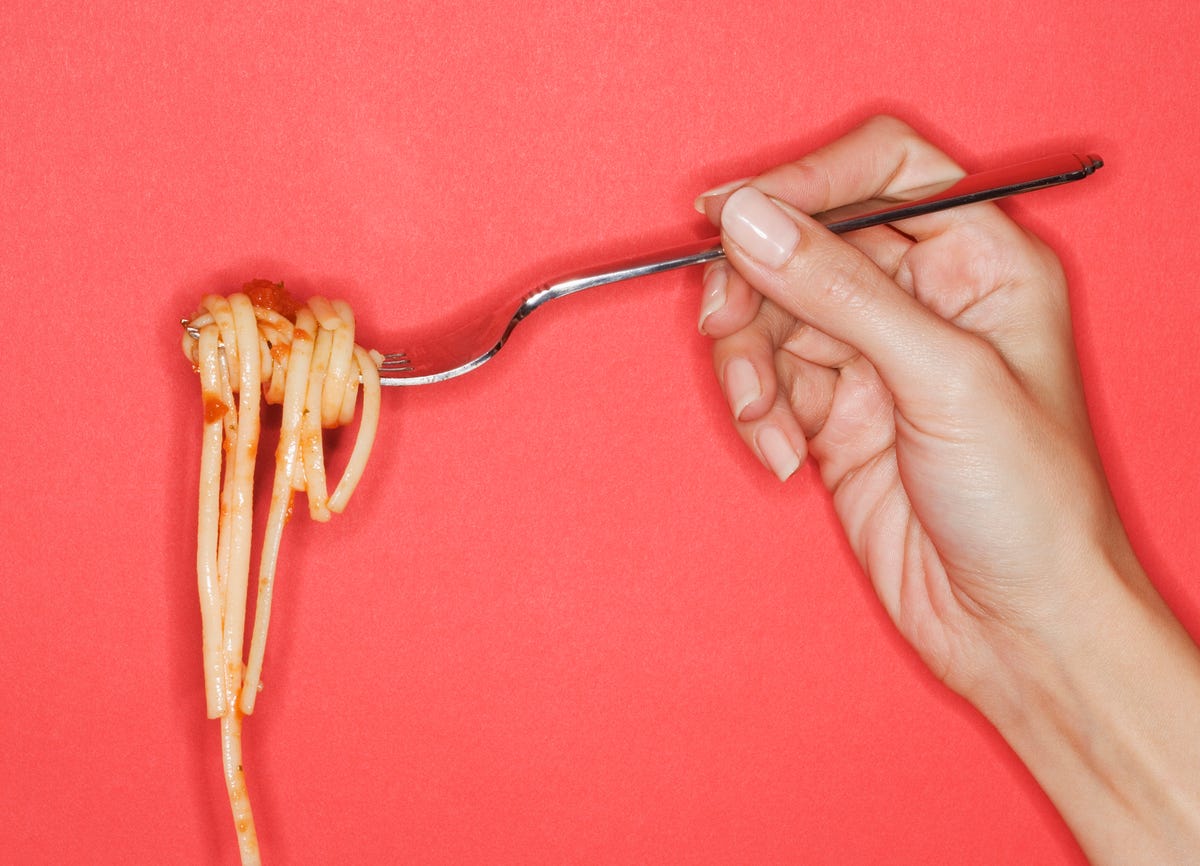
“This isn’t the best way to check for doneness,” says de Marchi. “The texture of the pasta can change when it hits the wall, and it doesn’t give an accurate indication of whether it’s properly cooked.”
Instead, it’s more accurate to scoop out a single strand and taste it. You’ll then be able to tell if it’s achieved that perfect al dente texture.
2. Adding olive oil to pasta water
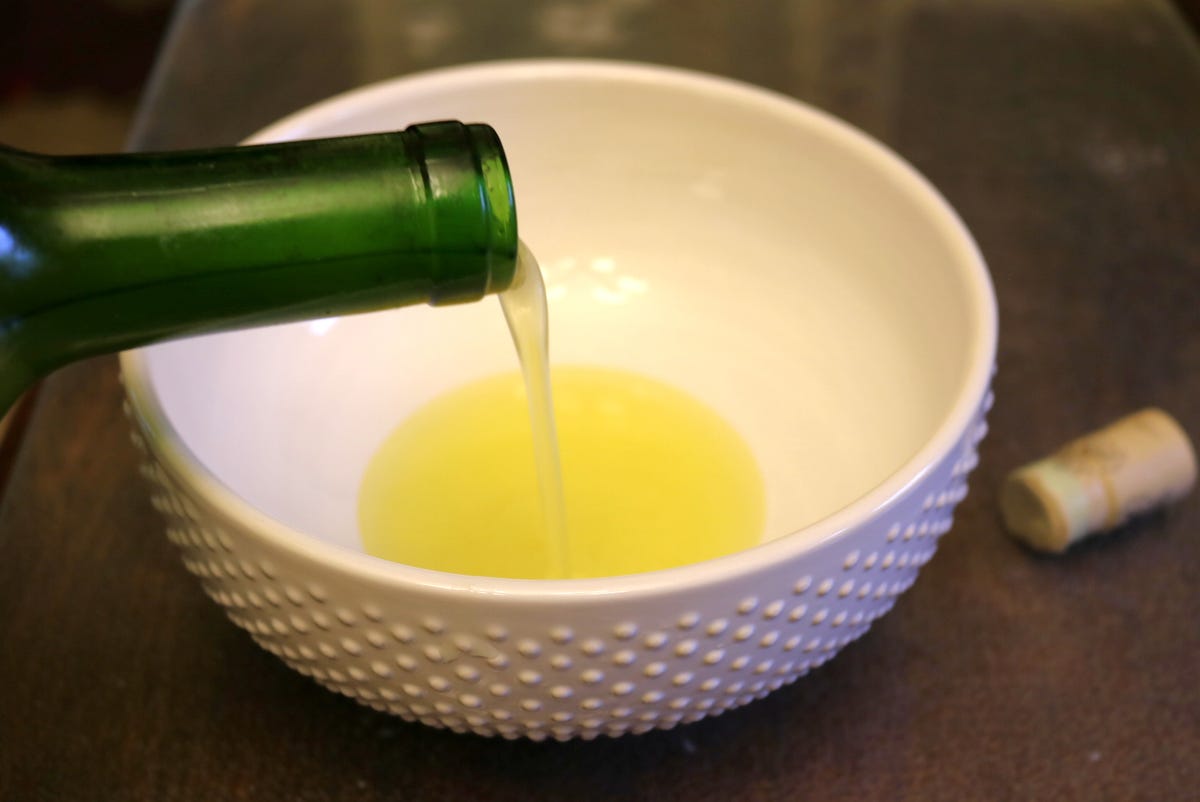
Olive oil in your water isn’t the best fix for sticky pasta.
Olive oil is a necessary addition to most pasta dishes, but save it for the plate.
Some folks thing it will help keep pasta from sticking when added to boiling past water but “the oil just floats on top of the water and doesn’t coat the pasta effectively,” says de Marchi. “The best way to prevent sticking is to use plenty of water, stir the pasta regularly during the first few minutes of cooking and make sure to use the right size pot for the amount of pasta you’re cooking.
“This way, the pasta has enough space to move around and cook evenly,” he adds.
3. Assuming fresh pasta is always better than dry
Chef’s take: FALSE
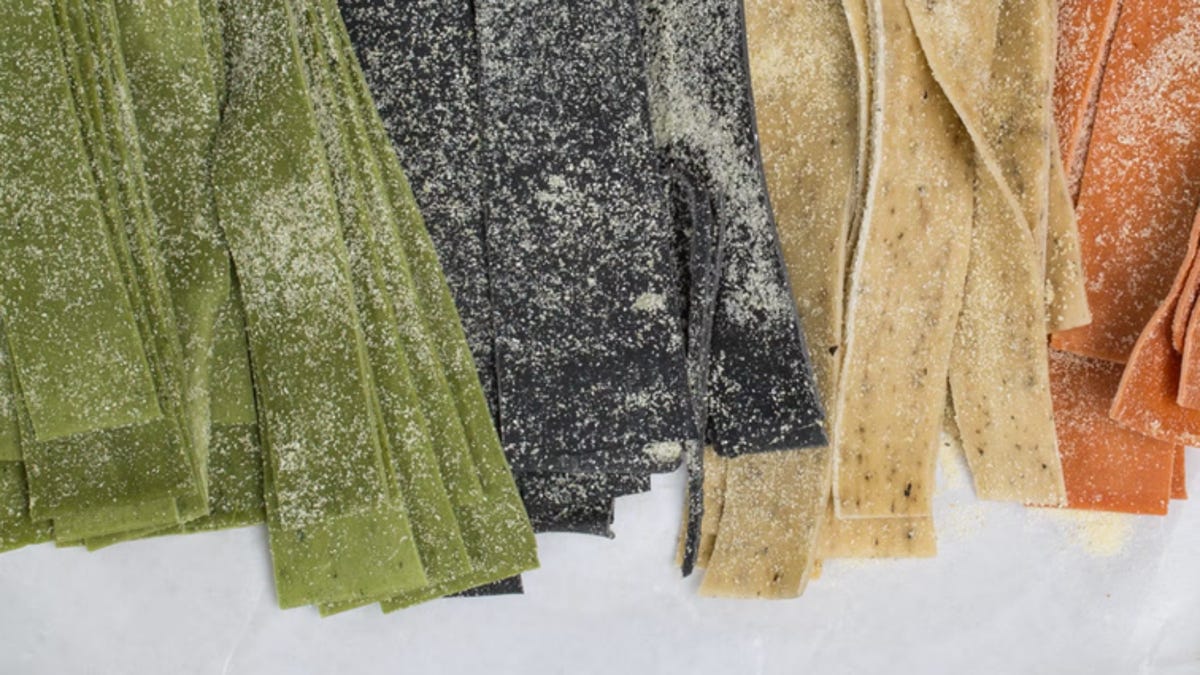
Fresh pasta has good PR but some dried pasta is just as tasty.
It’s all about personal preference. Fresh, dry or frozen; chefs aren’t here to dictate what your taste buds like and don’t like.
“Fresh pasta has a softer texture and cooks quickly, making it perfect for delicate sauces,” says the chef. “On the other hand, dry pasta has a firmer texture and holds up well with hearty or thicker sauces.”
De Marchi also compares it to choosing between two great actors for a movie role. “The choice depends on the character they’re portraying,” he says, “just like the choice between fresh and dry pasta depends on the dish you’re making.”
4. Leaving the pot covered while the pasta is cooking
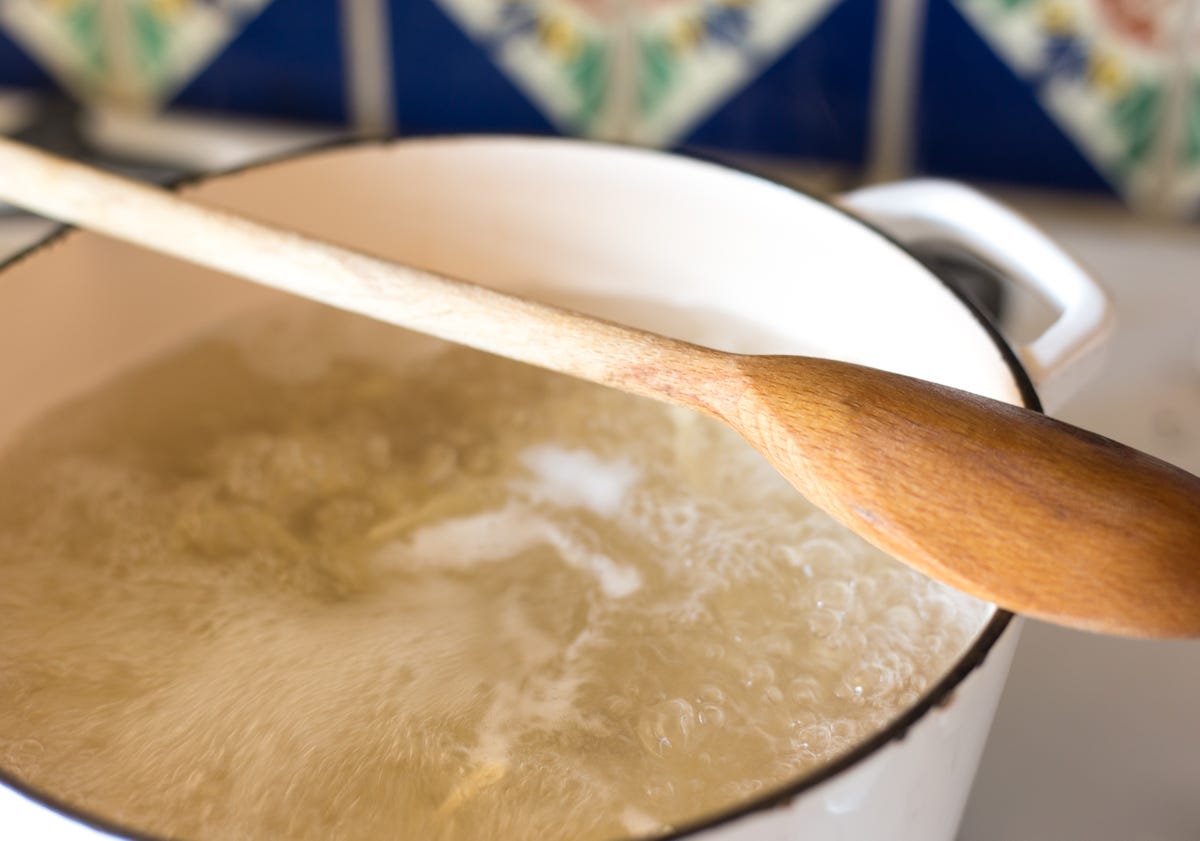
Stopping your pot from boiling over can be as easy as putting a wooden spoon across the top.
“Leaving the lid off the pot while the pasta is cooking is the way to go,” advises de Marchi. “This prevents the water from boiling over and helps control the cooking process. Plus, it allows the steam to escape, which helps prevent the water from foaming up and making a starchy mess.”
As recommended, be sure to also pick an appropriately sized pot so that your pasta cooks evenly.
5. Adding salt and thinking it will help the water boil faster
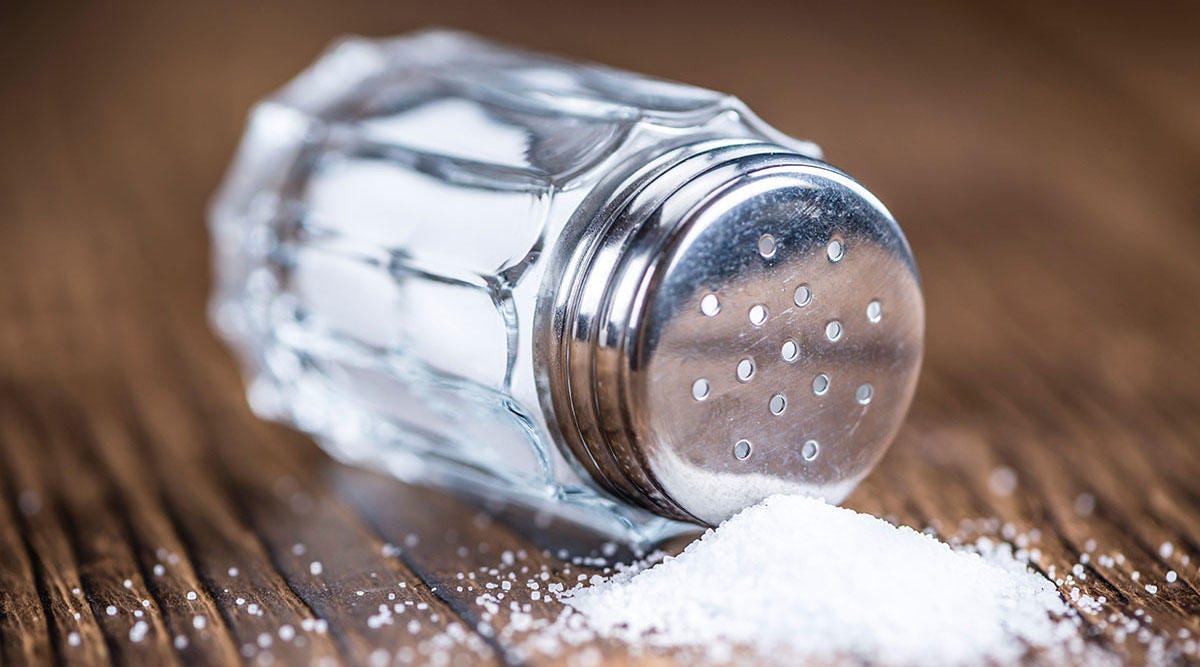
Salt won’t get your pasta water boiling significantly faster.
Salt plays an important role in pasta water, but not when it comes to heat. (Impurities do change the boiling point of water, but the amount of salt you add to pasta water doesn’t make a significant difference.) Rather, it’s essential to add salt so that the pasta can absorb its flavor.
“If you’re cooking without enough salt, the pasta can end up tasting a bit bland,” warns de Marchi, whose signature dish at NHC Murano Villa is a spaghetti alle vongole. The seafood dish, which hails from the region of ocean-adjacent Venice, is a combination of vongole (typically clams, garlic, white wine and chili flakes), sea asparagus and lemon zest.
6. Draining pasta until it’s completely dry
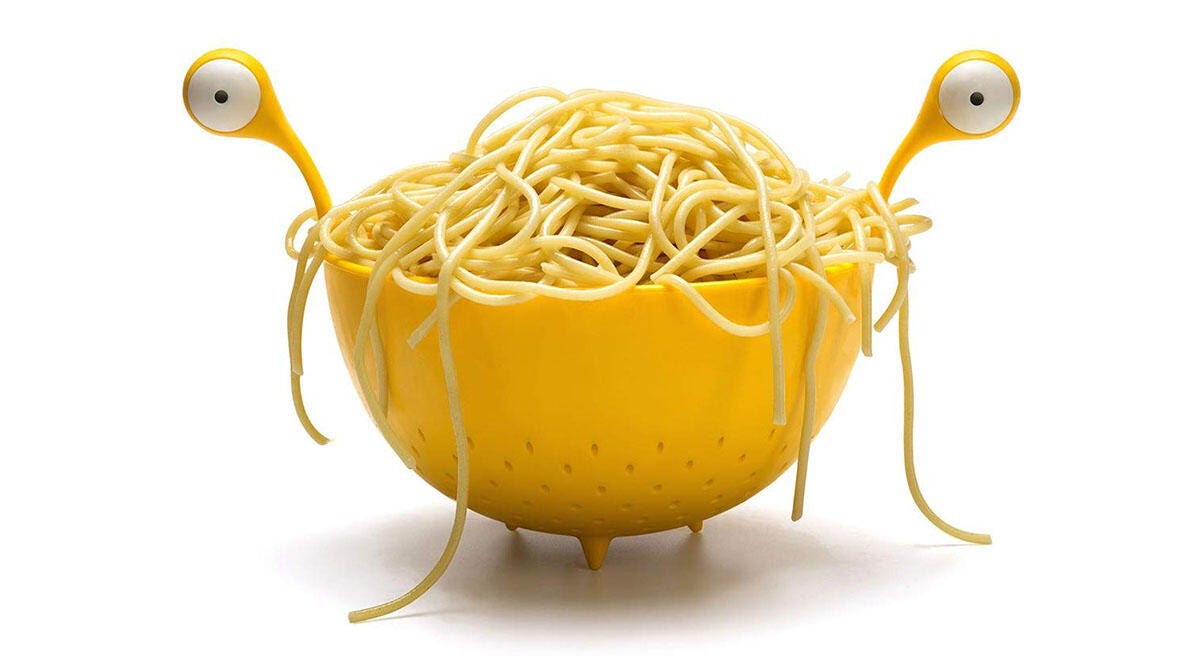
Some pasta water will help the sauce adhere.
There is a reason why salted pasta water is held in such high regard. Not only does it contain a delicious brine to enhance sauces, but it also helps the sauce adhere to the pasta itself.
“This creates a more cohesive and flavorful dish,” argues De Marchi. “A little moisture can go a long way in making your pasta dish extra tasty.”
7. Running cooked pasta under water before serving

Running your pasta under water removes much of the starchy goodness.
If you want to subject yourself to a potential injury via a rolling pin or wooden spoon by Nonna, run your cooked pasta under fresh water.
“This can remove the starchy coating that helps the sauce adhere to the pasta,” says de Marchi. “The residual heat from the pasta helps the sauce to marry with the pasta, creating a more flavorful and cohesive dish. Think of it like a beautiful marriage — you want the sauce and the pasta to come together and live happily ever after, not to undergo a cold shower right before serving.”
8. Precooking sheets of lasagna
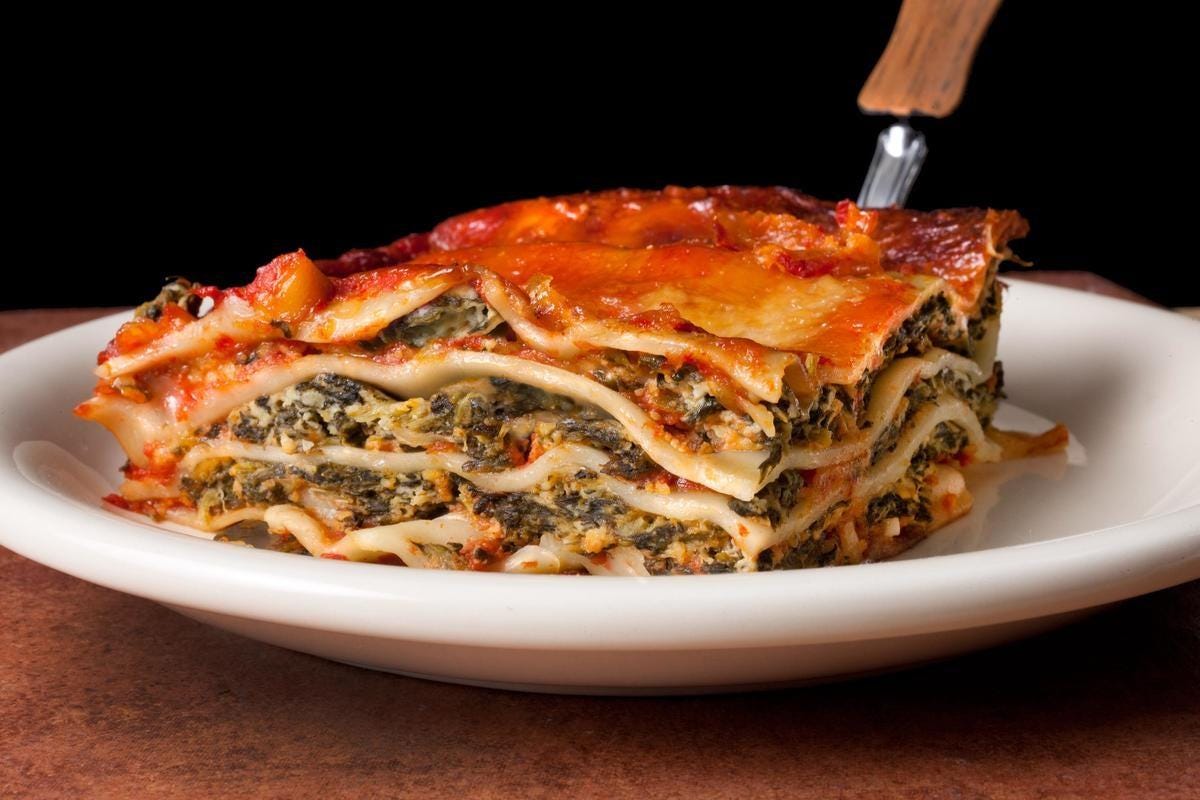
Not all lasagna recipes require precooked noodles.
“Precooking lasagna sheets isn’t always necessary, especially if you’re using a sauce with plenty of moisture,” he says. “In fact, many lasagna recipes call for using the sheets directly without precooking, allowing them to absorb liquid from the sauce and cook during the baking process.”
Set it, forget it and let the magic happen in the oven. Pasta is not something to overthink or stress over. Its simple preparation makes it all the more enjoyable.




















+ There are no comments
Add yours